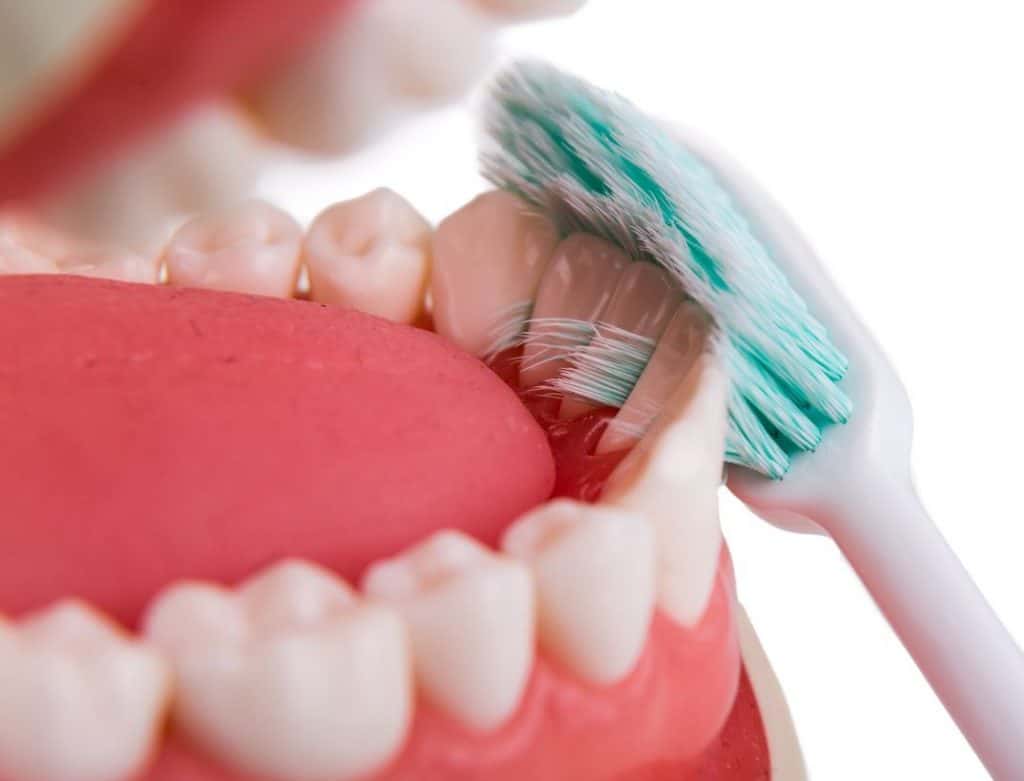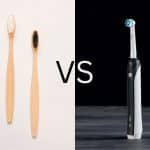Are you worried about your future as well as the dental problems you might face in the future?
Did you know that most adults in the United States have at least one cavity? That’s because cavities between teeth are prevalent. Approximately 10% of Americans have untreated tooth decay at any given time, with one-third having lots of dental decay or sites.
In this article, you will know
- How to check and remove plaque at the dentist.
- How to cure your gums if necessary
- How to choose the toothbrush
- How to remove food residues
Are you also concerned about the cost of dental check-ups and treatment? Well, fret no more because this article explains how to prevent cavities between your teeth, more popular as Interproximal cavities. You will learn some of the best tips for avoiding cavities hidden in your everyday lifestyle. Some of these tips have been known for a long time, while some others have emerged only recently. However, all of them can help you take control of this common dental issue.
Why cavities between teeth are formed, and what does it affect?
When a tooth is exposed to sugars and starches, it forms a coating on the tooth called plaque. If the plaque is not removed, it will harden, creating a substance called tartar. Plaque and tartar are full of bacteria that can cause tooth decay. They also cause gum disease and bad breath.
Over time, they become weak, and gum pockets are formed. The gums pocket is a pocket in the gums (the soft tissue inside the mouth) with a lot of bacteria. These bacteria can cause an infection in the gums, called gingivitis.
Here are 4 steps to help get rid of cavities between teeth.
Step 1. Why is dental cleaning necessary when you have tartar?
If you haven’t been to the dentist for a long time, have bleeding gums, feel irregularities on the inside of the tooth, or have bad breath, take a dental cleaning. If not, you can move forward to step 3.
Dental cleaning is necessary because it removes plaque and caries. It also helps to prevent them from happening. If you have a solid plague already, you can’t remove it with a toothbrush. In order to be able to remove the plague, you would have to use an instrument. In case, dentists use an ultrasound machine to remove plaque from a patient’s tooth.
Step 2. Laser gums treatment. What is the best treatment when you have gums pockets?
Laser technology is now used to treat gum line problems. This treatment is not only effective but also painless.
The laser treatment removes bacteria and plaque that cause gums to recede. The results are instant, and the patient will experience the fresher breath, whiter teeth, and less plaque buildup.
Step 3. Brushing. How to clean cavities between teeth properly?
It’s crucial to choose the right toothbrush. There are two essential rules: don’t use solid brushes, and don’t put pressure on teeth and gums when brushing. Use a soft toothbrush with thin bristles.

The toothbrush should be soft and have thin bristles, which help keep your gums healthy and clean between teeth. The thin bristles help to reach gaps between your teeth, and the soft bristles don’t destroy your gums and save your entire tooth enamel.
Note: Clean the gap between teeth twice a day. Use a rinse before going to bed.
A new study has revealed that bacteria on the teeth grow very actively at night. The American Dental Association says that tooth brushing is best done in the morning and evening because bacteria on the teeth grow more rapidly. The study was conducted by the US National Institute of Dental and Craniofacial Research (NIDCR) in 2012. It showed that within three hours of brushing, there was no growth. However, when the researchers left their subjects to brush at night, they found that bacteria had grown significantly more than during the morning and afternoon sessions. Within just a few hours of brushing, the bacterial levels tripled.
Step 4. Flossing. Why do you have to use a water flosser to prevent cavities?
We approach a critical key factor influencing the reduction of the gap between teeth. The toothbrush can’t remove 100% of bacteria between teeth. There are places that the bristles can’t get to. And then, the water flosser comes to the rescue.
Just try to use an irrigator after the toothbrush cleaning. You’ll be surprised how a stream of water knocks out the leftover food. Bacteria will also be removed along with food. The water flosser is much better than conventional flossing.
Top questions and answers about water flosses you can be read here.
How to choose the water flosser?
We did a lot of research into choosing the best water flosser on the market and found it. Here are our criteria and metrics for evaluating:
Cordless
Long working time
Portable. Possibility of use in traveling
Different modes of water flow
Low price.
This device fully complies with our requirements. You can buy water flosser on the official internet store with the BEST deal and save taxes (except for California) or at Walmart.





